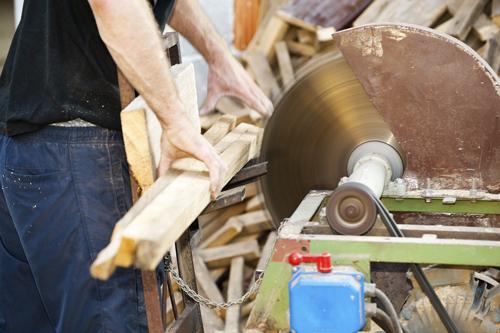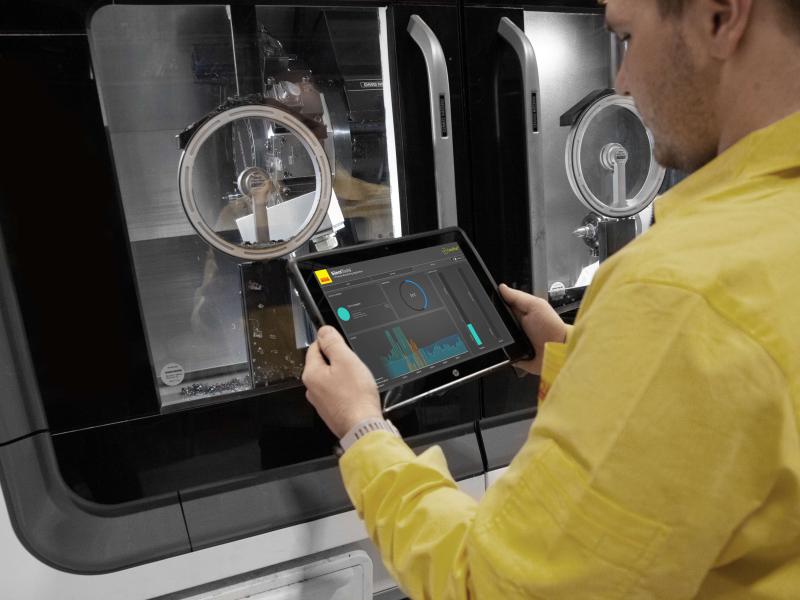The Maintenance Engineering Society of NZ (MESNZ) is throwing its weight behind WorkSafeNZ’s profile campaign introducing the new Best Practice Guidelines for the Safe Use of Machinery.
The new guideline, which aligns New Zealand with Australian safety codes signals significant change in how business operators need to assess their guarding and operating risks.
The guide represents the first step in the new Crown agency’s strategy towards improving health and safety statistics in New Zealand.
While MESNZ has expressed some reservations about the impact and effectiveness of shifting towards a significantly more weighty guide, it has proactively partnered with WorkSafeNZ to try and make the new guide as practical and achievable as possible for engineers and manufacturers.
The society’s viewpoint focuses on dealing with the behavioural psychologies undermining engineers best guarding efforts rather than adding cost and complexity to industry.
Anecdotal feedback from Australian engineers reveals the Australian code should not be treated with rose tinted glasses and logic is often the first victim. MESNZ is concerned that industry adapts a reasoned and logical approach to the new guideline and does not fall victim to overenthusiastic interpretation and illogical application with no improvement in injury statistics.
The society has actively championed simplistic solution paths for industry in the development of the guideline and supports the final product now in the public domain.
Karl Hayward, chairman of MESNZ, says: “Manufacturers and engineers need to be acutely aware of what is in store for them with the new guideline.
“There are responsibilities and changes that need informed and sensible application if the reform is going to bring real change.”
As well as a new look guideline supported by a toolkit, and 40 machine specific factsheets, MESNZ has provided a public Guarding Practitioner list on its website.
MESNZ moderates the list and provides rating feedback from members.
Together with ACC, WorkSafeNZ will be running a national roadshow in June, visiting 12 regions around the country to launch and promote the Best Practice Guidelines for the Safe Use of Machinery.
With industry being traditionally slow on the uptake of new requirements, the roadshow will be of interest to employers, engineers, health & safety representatives, health & safety managers, and management in general.
The free seminars will provide the opportunity to learn what the guidelines mean for employees and business, hear from ACC, learn about tools to upskill staff and meet WorkSafeNZ inspectors.
More information about the roadshow can be found at http://www.bsm.org.nz/






